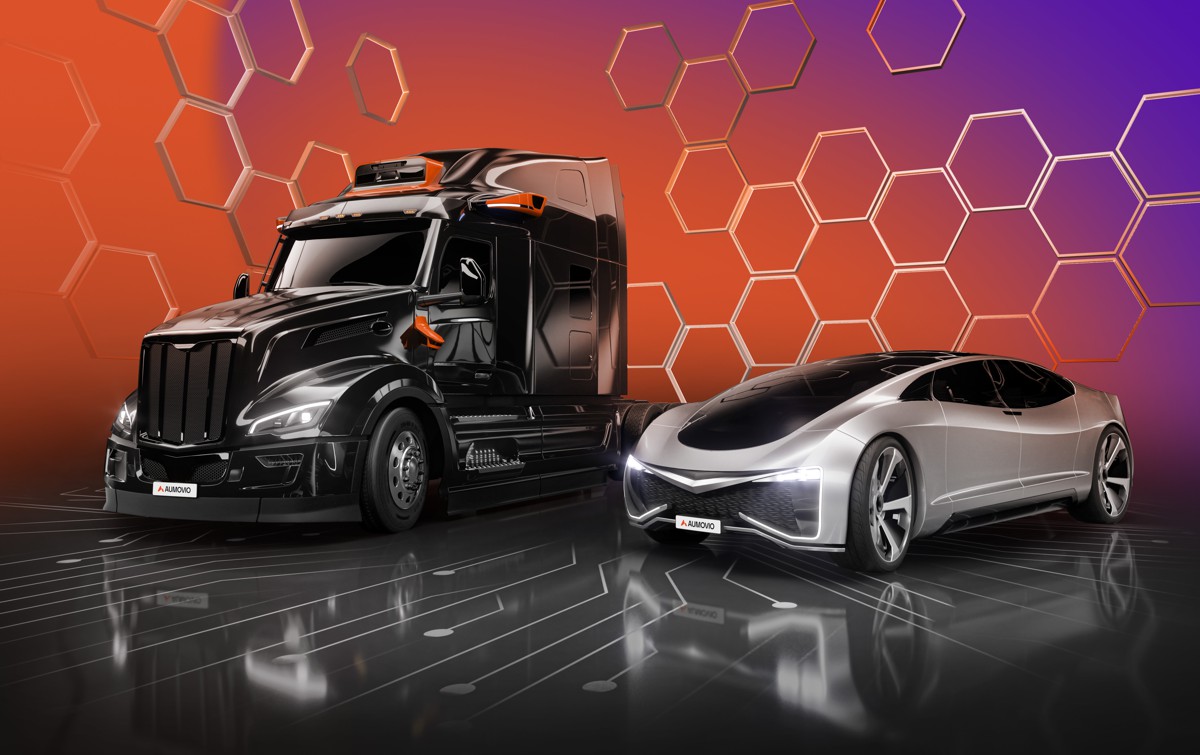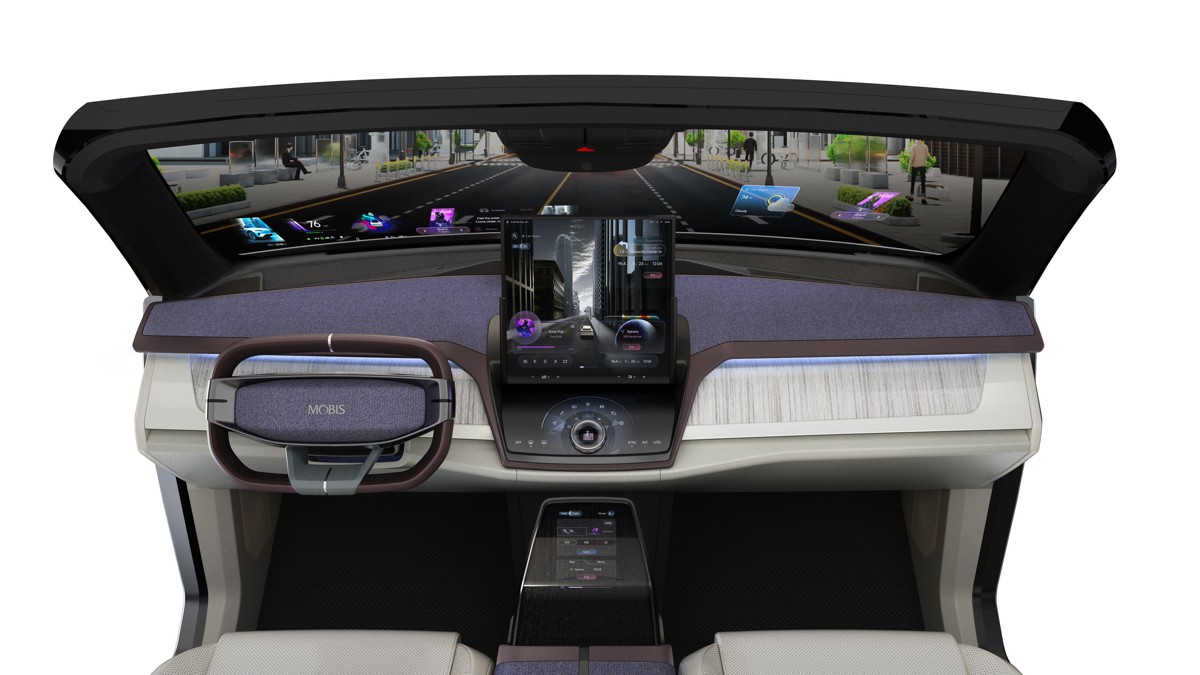New Toshiba Gate Driver IC for Smaller and Smarter Automotive Solutions
Toshiba Electronic Devices & Storage Corporation is once again pushing the envelope in automotive technology with its latest innovation, the TB9103FTG gate driver IC.
Designed specifically for brushed DC motors, including latch and lock motors used in automotive applications, this compact and efficient IC is set to revolutionise the design of electric systems in modern vehicles.
Driving the Future of Automotive Electronics
As cars become increasingly electrified, the demand for electric motors in vehicles has soared. Formerly manual functions, such as door locks and windows, are now driven by electric motors, increasing the need for compact, reliable, and efficient motor drivers. The TB9103FTG addresses this demand by offering a streamlined gate driver solution that reduces the need for complex speed control, making it ideal for applications where simplicity and size are crucial.
The TB9103FTG boasts a built-in charge pump circuit that ensures the required voltage to power external MOSFETs, essential for driving motors effectively. Additionally, the IC includes a gate monitoring function that prevents the generation of through-current by automatically controlling the output timing of the gate signal to high-side and low-side external MOSFETs. This design not only enhances operational efficiency but also significantly improves the reliability of automotive equipment.
Peter Smith, an engineering lead at Toshiba, commented on the innovation: “With the TB9103FTG, we’re offering a solution that directly addresses the industry’s need for downsizing without compromising performance. This IC simplifies motor control, reduces space, and increases overall reliability, making it an excellent fit for the next generation of automotive electronics.”
Compact Design with Versatile Applications
One of the standout features of the TB9103FTG is its versatility. It can be configured as a one-channel H-bridge or two-channel half-bridges, making it adaptable to various motor applications within vehicles. Beyond its primary role as a motor driver, the IC can replace mechanical relays and switches when combined with external MOSFETs, contributing to quieter operation and enhanced equipment reliability.
Housed in a compact 4.0mm x 4.0mm package, the TB9103FTG is designed to support the ongoing trend of miniaturisation in automotive electronics. Its small footprint allows manufacturers to integrate it into tighter spaces, facilitating the downsizing of equipment without sacrificing performance.
Key Features and Specifications
The TB9103FTG is built to meet the stringent demands of the automotive industry, featuring several key functions and fault detection capabilities that enhance safety and reliability:
- Sleep Function: Minimises power consumption during standby, enhancing energy efficiency.
- Built-In Charge Pump: Ensures proper voltage levels for external MOSFET operation.
- H-Bridge and Half-Bridge Operation: Offers flexibility in motor control configurations.
- Fault Detection: Includes power supply low voltage detection, overheat detection, and high voltage detection of the charge pump.
These features make the TB9103FTG particularly well-suited for driving latch motors in power backdoors, lock motors in power slide doors, and motors used in power windows and seats. The IC’s robust fault detection capabilities provide an extra layer of safety, preventing potential malfunctions that could impact vehicle performance.
Enhancing Reliability and Simplifying Maintenance
Reliability is at the heart of the TB9103FTG’s design. By utilising advanced gate monitoring, the IC prevents incorrect MOSFET operation that could lead to system failures. This attention to detail ensures that automotive systems remain robust even under demanding conditions, reducing maintenance needs and extending the lifespan of the equipment.
Furthermore, the TB9103FTG’s compact form factor and simplified design contribute to lower overall system costs. By replacing more complex and bulky components with a single, efficient IC, manufacturers can streamline production processes and reduce the need for extensive maintenance, which is a critical advantage in the competitive automotive market.
Meeting the Industry’s Call for Downsizing
The push for downsizing in automotive electronics is driven by the need to maximise space, reduce weight, and improve energy efficiency in modern vehicles. The TB9103FTG directly addresses these challenges, offering a compact solution that integrates seamlessly into existing designs.
Minimised functions and targeted performance make the TB9103FTG an ideal choice for brushed DC motor applications that don’t require speed control. Its low-power standby mode, combined with a built-in sleep function, further supports the downsizing initiative by minimising energy consumption when the system is not in active use.
John Taylor, a senior design engineer, remarked on the impact of this new IC: “Automakers are constantly seeking ways to reduce the size and weight of their electronic systems. Toshiba’s TB9103FTG provides a versatile, high-performance solution that supports this goal, enabling more compact and efficient automotive designs.”
Expanding the Horizons of Automotive Design
As vehicles continue to evolve, the demand for smarter, smaller, and more reliable electronic components will only grow. Toshiba’s TB9103FTG gate driver IC is poised to play a key role in this evolution, offering a practical and effective solution that meets the needs of today’s automotive industry.
With its combination of advanced features, fault detection, and compact design, the TB9103FTG is not just another gate driver—it’s a strategic tool that will help automakers innovate and improve their products. By simplifying motor control and enabling more compact equipment designs, Toshiba is helping to drive the future of automotive technology forward.
As the industry embraces new technologies and moves towards greater electrification, components like the TB9103FTG will be essential in meeting the challenges of tomorrow’s automotive landscape. It’s not just about making cars smarter; it’s about making them better, safer, and more efficient for the road ahead.




















